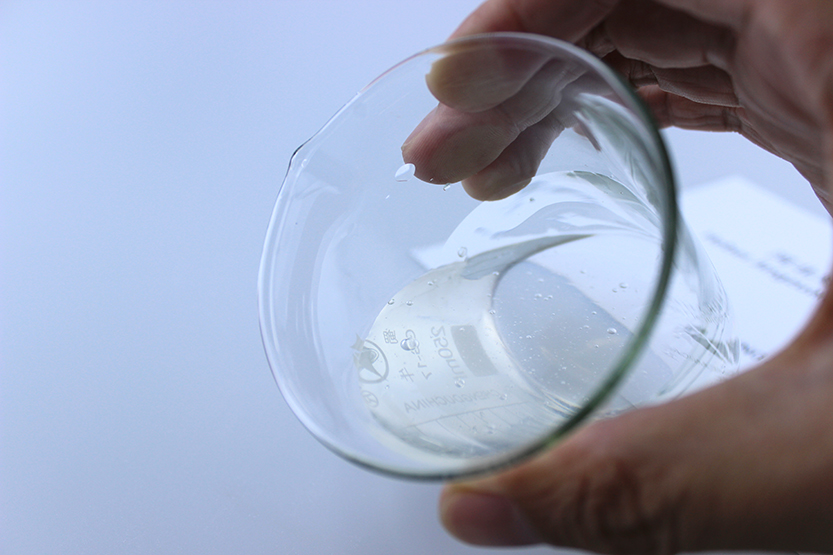
loka . 13, 2024 03:56 Back to list
Types of Redispersible Polymer Powders and Their Applications in Construction Materials
The Various Types of Redispersible Polymer Powders An Overview
Redispersible polymer powders (RDPs) are versatile additives widely used in construction, coatings, adhesives, and other industries to enhance performance and properties. These powders, which dissolve in water to form polymers, offer significant advantages such as improved adhesion, flexibility, and water resistance. Understanding the various types of redispersible polymer powders available can help manufacturers select the right product for their specific applications.
Types of Redispersible Polymer Powders
1. Vinyl Acetate-Ethylene (VAE) Copolymers VAE copolymers are one of the most common types of RDPs used in various formulations. They are known for their excellent adhesion properties, good water resistance, and strong film-forming abilities. VAE copolymers are typically utilized in tile adhesives, dry-mix mortars, and exterior insulation systems. Their flexibility and strength make them suitable for applications requiring resistance to cracking and weathering.
2. Acrylic Polymer Powders Acrylic RDPs offer superior durability and UV resistance, making them ideal for outdoor applications. These powders can improve the mechanical properties of the products they are incorporated into, providing better tensile strength and elongation. Acrylics are also favored for their low-temperature flexibility and resistance to dirt pick-up, making them suitable for decorative coatings and exterior wall systems.
3. Styrene-Butadiene (SBR) Copolymers Styrene-butadiene copolymers are used extensively in the formulation of adhesives and sealants. Their excellent bonding properties and toughness make them suitable for heavy-duty applications, including automotive and construction products. SBR RDPs enhance the cohesive strength of mortars and improve the overall durability of the final product.
4. Ethylene-Vinyl Chloride (EVC) Copolymers EVC copolymers are less common but are valuable in formulations requiring high water resistance and chemical stability. These RDPs are often used in specialty adhesives and sealants, where performance in harsh environments is critical. Their unique chemical structure provides resistance against a wide range of solvents and chemicals.
5. Polyvinyl Acetate (PVAc) Powders PVAc powders are known for their excellent adhesion to various substrates and are often used in woodworking and paper products. While they provide good water resistance, they are typically not recommended for exterior applications without additional additives due to their sensitivity to moisture. PVAc RDPs are an economical choice for interior applications where strong bonding is essential.
redispersible polymer powder types

Key Considerations When Choosing RDPs
When selecting a redispersible polymer powder, several factors should be considered to ensure optimal performance. These include
- Application The intended use of the product significantly influences the choice of RDP. Different applications will require specific properties, such as higher durability, flexibility, or adhesion. - End-Use Environment Understanding the operating conditions and potential exposure to environmental factors like moisture and temperature will guide the selection of the most suitable polymer.
- Compatibility Effective integration of RDPs with other components in the formulation is crucial. Compatibility with fillers, pigments, and other additives can affect the final product's performance.
- Regulatory Compliance For products intended for consumer use, it is essential to consider environmental regulations and safety standards that may influence the choice of raw materials.
Conclusion
Redispersible polymer powders play a crucial role in enhancing the performance of various products across multiple industries. The different types of RDPs available cater to a range of applications, each offering unique properties and benefits. By understanding the characteristics of each type, manufacturers can make informed decisions to optimize their formulations and meet specific performance requirements. As the industry continues to evolve, advancements in polymer technology will likely lead to the development of even more specialized RDPs, broadening their application scope and improving overall product performance.
-
The Widespread Application of Redispersible Powder in Construction and Building Materials
NewsMay.16,2025
-
The Widespread Application of Hpmc in the Detergent Industry
NewsMay.16,2025
-
The Main Applications of Hydroxyethyl Cellulose in Paints and Coatings
NewsMay.16,2025
-
Mortar Bonding Agent: the Key to Enhancing the Adhesion Between New and Old Mortar Layers and Between Mortar and Different Substrates
NewsMay.16,2025
-
HPMC: Application as a thickener and excipient
NewsMay.16,2025
-
Hec Cellulose Cellulose: Multi functional dispersants and high-efficiency thickeners
NewsMay.16,2025







